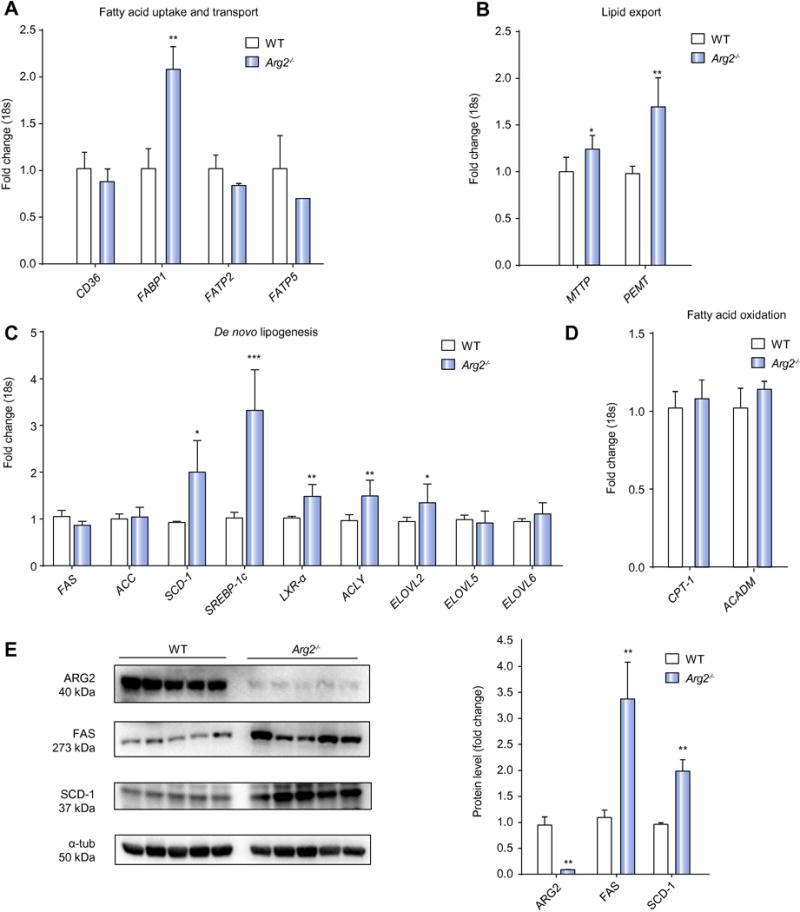Figure 2. Hepatic lipid metabolism is altered in Arg2−/−.

Among markers for fatty acid uptake and transport within the liver (CD36, fatty acid transport proteins (FATP) fatty acid binding proteins (FABPs) we found a significant increase in levels of FABP1 (A). Fatty acid synthesis and de novo lipogenesis (DNL) assessed by quantifying mRNA levels of fatty acid synthase (FAS), acetyl-CoA carboxylase (ACC), stearoyl-CoA desturase 1 (SCD-1), the transcription factor sterol regulatory element binding protein 1c (SREBP-1c), liver X receptor alpha (LXR-α), ATP citrate lyase (ACYL), and elongation of long chain fatty acids 2, 5 and 6 (Elovl2, 5, 6). Significant increases were detected for mRNA levels of SREBP1c, SCD-1, LXR-α, ACLY, and Elovl2 in Arg2−/− mice when compared to WT mice (B). Fatty acid oxidation, assessed by measuring mRNA levels of carnitine palmitoyl-transferase 1 (CPT-1), and acyl-coenzyme A dehydrogenase, C-4 to C-12 straight chain (ACADM) was not found to be different in Arg2−/− and WT mice (C). Markers for triglyceride export - microsomal triglyceride transfer protein (MTTP) and phosphatidylethanolamine N-methyltransferase (PEMT) – were significantly increased in livers of Arg2−/− when compared to WT mice (D). In assessing ARG2 levels in liver lysates we were able to document an almost complete absence of the protein in ARG2 knockout mice (E). Protein quantifications of FAS (273kDa) and SCD-1 (37kDa) revealed significantly increased levels in Arg2−/− mice when compared to wild type mice (E). Mean ± S.E.M. are shown. *p<0.05. **p<0.01. ***p<0.001
